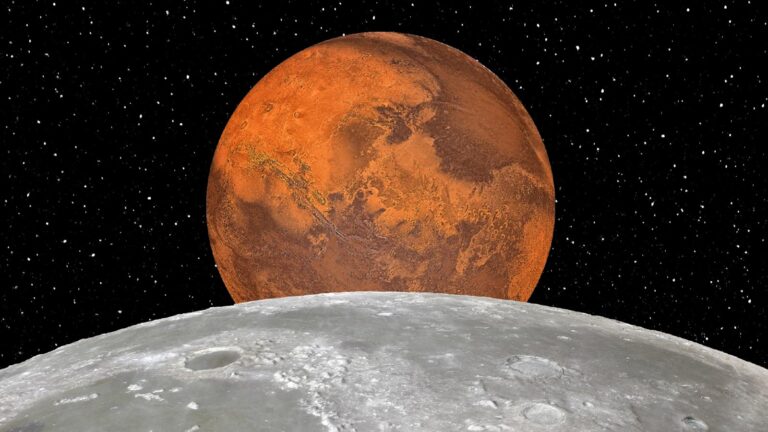Stay Up to Date
Submit your email address to receive the latest industry and Aerospace America news.
What will our Year-in-Review issues look like for the next four years with President-elect Donald Trump at the helm in the United States?
I predict that the research themes won’t vary much from what we saw in the Biden years and the first Trump administration. These themes — artificial intelligence, electric flight, biofuels, hypersonic weapons, extending society into space — do not depend solely on the United States, and they are governed by market forces and security needs that are beyond the control of any single administration. If there’s going to be a large-scale disruption, it’s more likely to happen at the flagship level and involve the Artemis moon program and its relationship to Elon Musk’s plans for getting humans to Mars.
In the present architecture, the moon is a proving ground for the Starship concept and a source of at least $4 billion in revenue for Musk’s Mars aspiration. For NASA, the moon is an opportunity for the U.S. and its allies to outshine China in human exploration and scientific discovery. After the November Starship launch, NASA Administrator Bill Nelson described the partnership with Musk and SpaceX as follows: “Starship’s success is Artemis’ success. Together, we will return humanity to the moon.”
But now, a new dynamic is at hand, given the close political relationship between Trump and Musk. This dynamic seems sure to produce big changes, and here are two possible shifts of strategy:
- NASA becomes almost like a subcontractor to SpaceX and helps Musk achieve his Mars aspiration. NASA’s Space Launch System rockets are relegated to history, and the Artemis program is recast as a Mars program, with Starships becoming the means to get there. This path would be disruptive, but the political triumphant of landing on Mars almost certainly could not be pulled off in four years, even by SpaceX.
- NASA’s research and development portfolio is increased vastly to put the agency in a role similar to that of the 1950s, ’60s and early ’70s, when its propulsion and vehicle research got us back to the moon and gave us the space shuttles. The SLS rockets are relegated to history in this strategy too. The moon becomes a NASA-funded testing ground for Starship alone. U.S. astronauts arrive during the Trump administration, delivering a political and technical triumph.
The second possibility has a potential long-term benefit: When I imagine civilizations far more advanced than ours on exoplanets, I don’t picture them getting to space by lighting up 33 engines in a cloud of lethal exhaust. They probably had a forceful personality like Musk early on to help break the cost curve and prove the feasibility of reusing spacecraft. But their society didn’t stop there. They needed an agency akin to NASA to keep pushing the possibilities forward through research on fuel, fundamental physics, quantum mechanics, materials and more.
So far, SpaceX and Musk have done an indisputably masterful job of innovating with conventional technologies, but there are limits to what can be achieved this way. Ask yourself: What technologies will the next Elon Musk have available to build on? If the incoming administration and the next ones are not careful, the answer could be some amazing discoveries by China.
Aerospace America publishes a rich variety of opinions relevant to the future of aerospace. The views expressed are those of the author(s) and do not necessarily reflect those of our publisher, AIAA.
About Ben Iannotta
As editor-in-chief from 2013 to March 2025, Ben kept the magazine and its news coverage on the cutting edge of journalism. He began working for the magazine in the 1990s as a freelance contributor. He was editor of C4ISR Journal and has written for Air & Space Smithsonian, New Scientist, Popular Mechanics, Reuters and Space News.
Stay Up to Date
Submit your email address to receive the latest industry and Aerospace America news.




